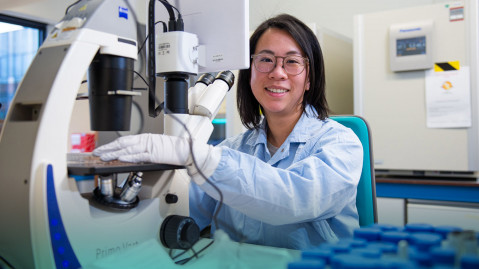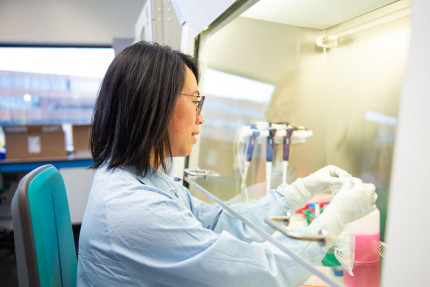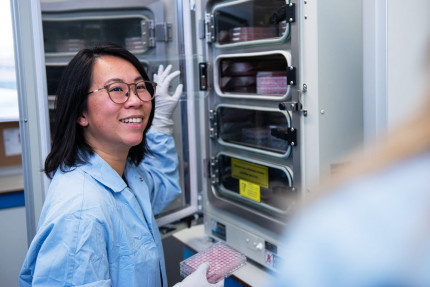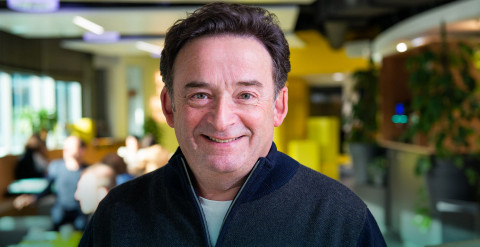What attracted you to work for ProQR when it was still so small?
“I studied biomedical sciences in Leiden, and when I graduated, I was able to stay for one year at the place I did my internship at. But after that year I had to look for something else. I didn’t really like the prospect of doing a PhD, because it requires you to really attach yourself to one topic for four years, and that’s not my personality. I started looking at the Science Park here in Leiden for options. At the time ProQR was looking for five technicians, so I figured that I had the best chance there, being fresh on the job market.”




